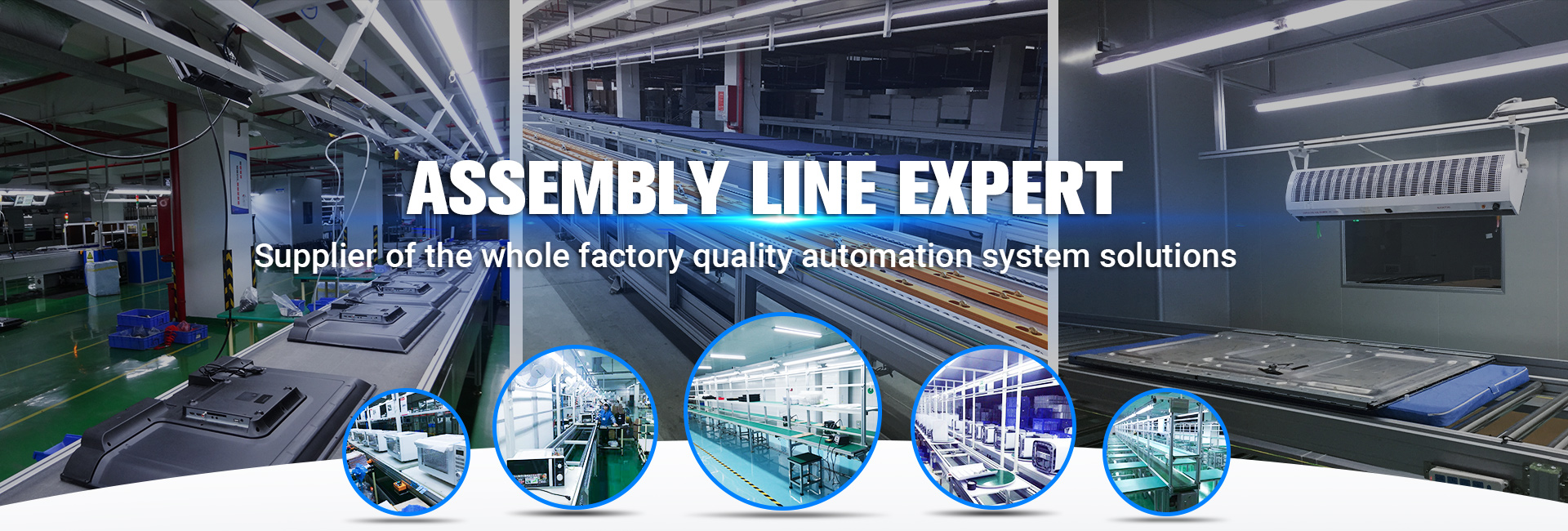Belt conveyor, also known as belt conveyor, is a widely used conveying equipment, and various kinds of belt conveyors can be seen in almost all industries. The belt conveyor works according to the friction principle and is mainly used for the continuous conveying of materials. In the process of material conveying in various industries, belt conveyors play a transitional role as a link between the past and the future, and are also important auxiliary equipment in the production line. Therefore, how to choose the belt conveyor correctly is very important.
1. It is necessary to clarify factory such as the industry, conveyor belt material, and bandwidth technical parameters for the belt conveyor. For example, the rubber belt is suitable for the working environment temperature between -15~40°C, and the material temperature does not exceed 50°C; the plastic belt has the advantages of resistance to oil, acid, alkali, etc., but it has poor climate adaptability and is easy to slip and age.
2. Correctly select the belt speed of the belt conveyor. Longer horizontal conveyors should choose a higher belt speed; the larger the conveyor inclination, the shorter the conveying distance and the lower the belt speed. For example, when the conveying volume is large and the conveying bandwidth is wide, a higher belt speed should be selected; for materials that are easy to roll, large in size, strong in grinding, easy to dust, and require high environmental hygiene conditions, a lower belt speed should be selected; When using the unloading, the belt speed should generally not exceed 2.5m/s.
When conveying finely crushed materials or small pieces of material, the allowable belt speed is 3.15m/s; when it is used for feeding or conveying materials with a large amount of dust, the belt speed can be 0.8~1m/s, which can also be determined according to material characteristics and process requirements. The belt conveyor can transport various materials and has the advantages of economical application, large capacity, good continuity and stable operation. It can not only convey materials over long distances in rugged and complex environments according to the customer’s conveying process requirements, and realize automated and integrated production operations. At present, it has been widely used in mining, coal, electric power and other fields, and has become an ideal equipment for long-distance, large-volume and continuous transportation.
Post time: Feb-25-2022



